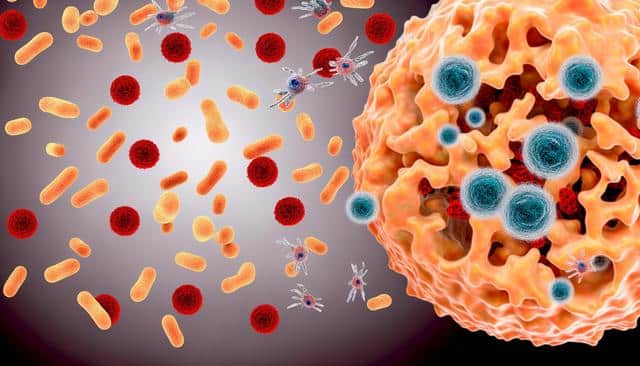Recognizing Symptoms of CIDP
Identifying CIDP in its early stages relies heavily on recognizing its symptoms, which can vary considerably among patients. Commonly, individuals experience a gradual onset of weakness and tingling sensations, which may progress to affect walking and coordination. Other symptoms can include:
- Fatigue
- Reduced reflexes
- Muscle cramps
- Loss of balance
Some patients might notice difficulty with fine motor tasks as well, such as buttoning shirts or cutting food. Given the progressive nature of the symptoms, any suspected CIDP signs should prompt a medical consultation. Neurologists often rely on a combination of history, physical examination, and diagnostic tests like nerve conduction studies to confirm a diagnosis.
Targeted CIDP Treatments
Treating CIDP focuses on halting the immune system’s attack on the nerves and alleviating symptoms. There are several CIDP treatment strategies aimed at achieving disease remission and improving quality of life. Predominantly, the treatment options include:
- Corticosteroids, which are used to reduce inflammation
- Immunotherapy treatments such as intravenous immunoglobulin (IVIG)
- Plasmapheresis, a process to remove harmful antibodies from the blood
Each of these treatments comes with varying efficacy levels and potential side effects, making personalized treatment plans a cornerstone in managing CIDP successfully. Adjusting treatment approaches over time according to patient response is a common practice among healthcare providers.
Living with CIDP
Managing CIDP extends beyond medical treatments; incorporating lifestyle adjustments and supportive therapies can greatly enhance a patient’s overall well-being. Physical therapy is often recommended to help maintain muscle strength and flexibility, while occupational therapy can assist with adapting daily activities to accommodate changes in physical abilities. Additionally, participating in support groups offers emotional relief and encouragement from others facing similar challenges.
Proper nutritional support and regular moderate exercises, such as swimming or yoga, can also be beneficial. Patients and caregivers should work closely with healthcare teams to establish comprehensive care plans that address both physical and emotional health needs. Adopting such strategies can significantly aid in coping with CIDP’s long-term implications.
Future Directions in CIDP Research
Research into CIDP continues to evolve, with a strong focus on understanding the underlying autoimmune mechanisms and finding novel therapy options. Emerging therapies, including biologics targeting specific immune pathways, offer potential diversity in CIDP treatments. Scientific studies are also increasingly concerned with pinpointing genetic factors that might predispose individuals to CIDP, which could open avenues for personalized medicine approaches.
Furthermore, ongoing clinical trials are vital for assessing the safety and efficacy of new treatment protocols. As research progresses, the hope is for more refined and effective interventions that will not only manage symptoms but perhaps offer a pathway to complete remission. Patients and healthcare professionals alike remain keenly interested in these advances, as they hold promise for improved outcomes and enhanced quality of life for those living with this challenging autoimmune condition.

